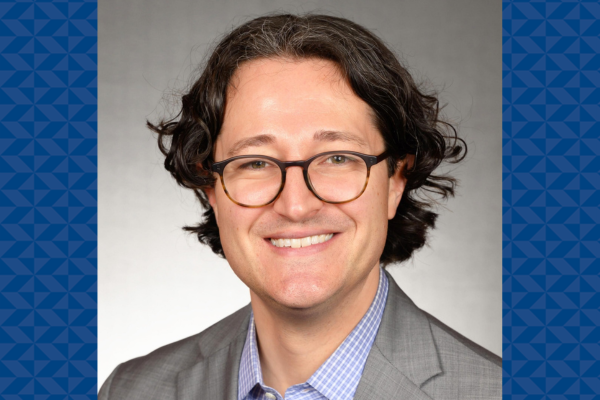
Post-discharge patient contacts (PDC) are common practice in hospital transitions of care as a required component of transitional care payment structures. Yet, despite wide deployment of PDC strategies and the promise these modes hold for transfers of information and care while avoiding costly subsequent acute care, many unanswered questions remain about their effectiveness on key health care outcomes.
Dr. Joel Boggan, associate professor in the Division of General Internal Medicine (GIM), shares some enlightening answers in a systematic review of the topic published recently in Annals of Internal Medicine.
In an assessment of the effects of PDC on 30-day emergency department visits, 30-day hospital readmissions, and patient satisfaction, Dr. Boggan and colleagues found little supporting evidence that such brief follow-ups — often comprising a single telephone call — affect these key outcomes.
Considering Cost-effective Approaches
“Although our review did not find evidence of significant effects of brief PDC approaches, health care systems should consider the cost-effectiveness of these relatively light-touch approaches on such costly outcomes as hospital readmissions,” he said. “Such considerations of widespread universal brief PDCs should be balanced with the potential to target investments in more intensive post-discharge approaches focused on patients most likely to benefit from these interventions.”
The study, funded primarily by the U.S. Department of Veterans Affairs (VA), was prompted by the VA Office of Primary Care to inform potential standardization of post-discharge processes across VA medical centers, the largest integrated health care system in the country.
The review team also includes Drs. Spoorthi Sankineni, assistant professor in Medicine, Dr. David Halpern, associate professor, GIM, Dr. Karen Goldstein, associate professor, GIM, and Dr. Jennifer M. Gierisch, associate professor in the Department of Population Health Sciences.
Most interventions in the 13-study review consisted of one or two follow-up phone calls, so investigators were curious to analyze what each of those groups was doing when they contacted the patient.
They discovered three core functions taking place.
The first consisted of medication review of medications that the patient was supposed to have been receiving at the time they left the hospital. The second was symptom monitoring, and the third was coordination of services.
Multi-faceted Interventions
“Ultimately, multifaceted interventions targeting higher-risk patients may be necessary to reduce use of acute care after discharge,” Dr. Boggan said. “However, I think there are opportunities to make sure that things that we intend for patients to have when they leave the hospital are not falling through the cracks using universal PDCs.”
Some of the opportunities identified by the Boggan team are benefits to be had around medication safety, particularly if a pharmacist or a prescribing professional is involved, and connection with home health services. Awareness of appointments contacts could also be aligned with appointments times that are consistent with that patient's transportation and family needs.
Further opportunities also exist to expand what the PDCs could be in terms of identifying social vulnerabilities like access to food, housing concerns or other things that can impact attendance for follow-up appointments, and help prioritize what could be accomplished during those visits, reviewers note.
“There are a lot of interesting things you could do to streamline and facilitate that transition to care back to the community, and also give the primary care team more information about how the patient's doing and their trajectory since the discharge,” Dr. Boggan added. “There are also opportunities for health systems to really target more intensive communication to particularly high risk, patient subgroups. That could be using tools like internal readmission calculators, using social vulnerability indices or some combination of those things to really target patients who might most benefit and need that wraparound kind of care soon after they leave the hospital.”